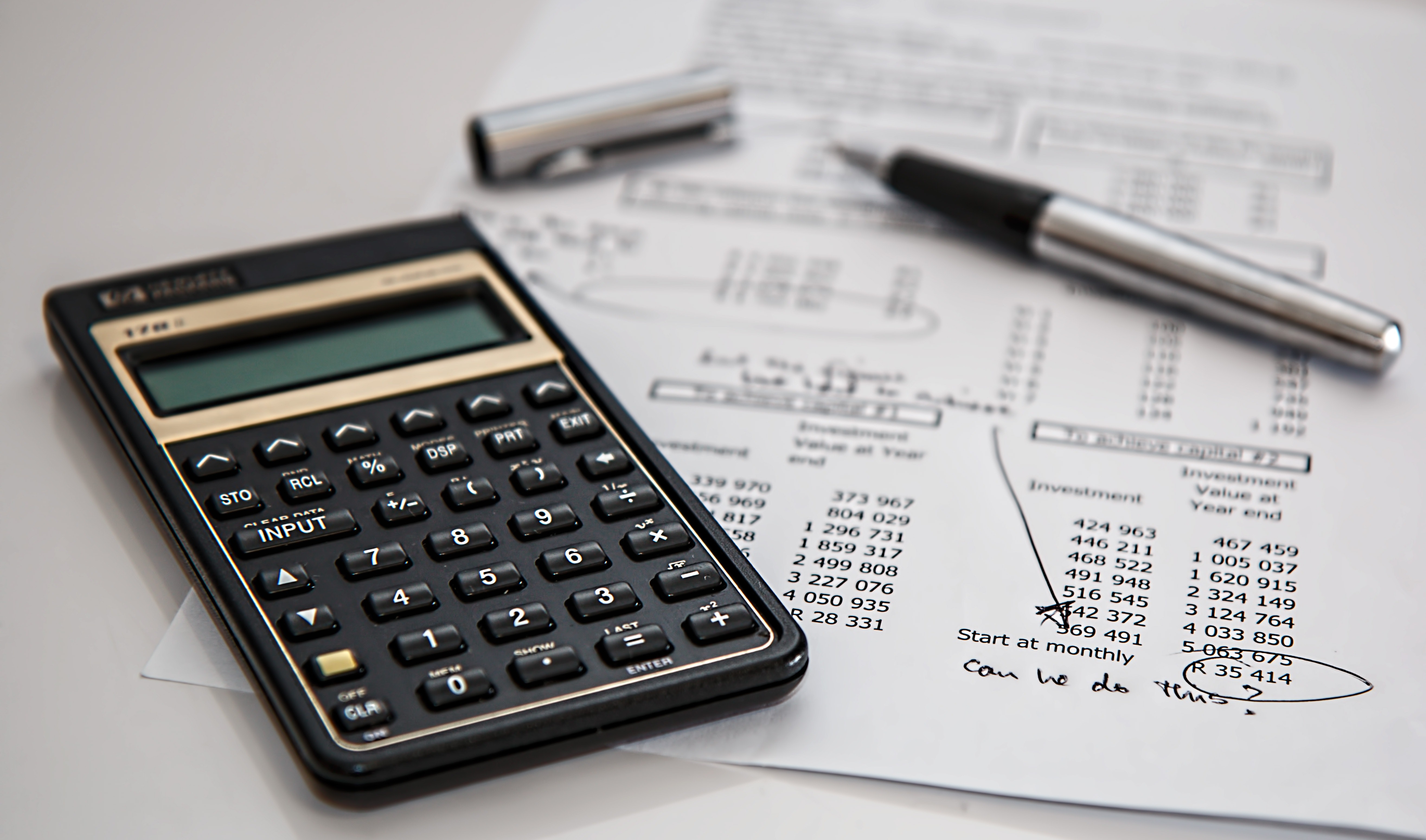For years, interest rates have been at historic lows since 2008. By now, you’ve probably heard from either the media or a real estate agent on how the Fed is raising interest rates. For example, the average rate of a 30-year fixed rate mortgage is around 4.40%, which is the highest rate since April 2014. This upward pressure comes at a time we’re all familiar with, home buying season, which typically lasts spring through early fall. If you ask any real estate agent or market expert, they will all agree on telling you that now is the time to buy. Not only will the higher rates get in potential home buyers way, but also the limited housing supply could allow matters to get worse for those who wait to buy.
The Federal Funds Rate
The Federal Reserve controls the Federal Funds rate which is the interest rate in which banks lend to each other. According to Financial Samurai, “If a bank has a surplus over their minimum reserve requirement ratio, they can lend money at the effective Federal Funds rate to other banks with a deficit and vice versa. You can see how an effective Fed Funds rate of only 0.15% would induce a lot more interbank borrowing in order to re-lend to consumers and businesses and keep the economy liquid. This is exactly what the Federal Reserve hoped for once they started lowering interest rates in September 2007 as home prices began to collapse.”
The Impact
Although you may not understand how the growing interest rates could directly affect you, they do have potential to impact you in a meaningful way. Mortgage rates are generally known to move in the direction that the Fed Funds rates move. Aside from rising mortgage rates, housing prices are also on the rise. Home prices nationwide are up 48% since 2011, according to the National Association of Realtors. The prices for single-family homes hit record highs in 114 of 177 major metropolitan areas that were tracked. Throughout this time, incomes have only risen 15%. Real estate agents also advise taking advantage of the low rates by locking in an interest rate now with a 15-30 year fixed rate mortgage if you plan to stay in the home for a long time.
This year’s spring homebuying season has been off to a relatively slow start. According to the Mortgage Bankers Association’s Weekly Mortgage Applications Survey, mortgage applications have dropped 3.3 percent week over week. Many believe that this is a result of the growing lack of affordable housing.
Nationally, the collective data shows that interest rates and home prices will continue to trend up. However, you do have time to get your finances in order if you feel like you’re not truly prepared to buy. However, to take advantage of the optimum benefits, it’s best to buy sooner than later.
While there are positives and negatives to the rising and falling interest rates, the bottom line depends on what your financial goals are. For those who’ve been thinking of buying a home, it’s best to stop putting it off and take action to buy now before rates get too high. Many experts say that if people begin to take advantage of the current lower rates, buying homes can lead to more home building, construction, and decor sales and even boost our economy in a unique way.
Next Steps
If you haven’t started already, immediately begin doing your research on homes and neighborhoods where you’re interested in moving. Look for housing trends in certain areas and take note of the average home listing prices.
The top real estate agents and industry experts recommend that people look for homes that cost around 3 – 5 times their annual household income while planning to make a downpayment of 20% of the home price.
When you think you’re ready to start looking for a home, it’s best to get pre-qualified for a home so you know exactly how much you’re able to spend. Once you provide financial information to your mortgage banker, you can review the price range of homes that you should be looking for. As always, we’re available to support you and answer your questions whenever you may need us.




